A tracking bracelet is a wristband device with a location tracking function, which can be used to track and monitor the location of objects or personnel.
The working principle of tracking bracelets
Here is the main working principle. Positioning technology: An activity tracker bracelet generally uses GPS, Bluetooth, WIFI, and other technologies for positioning. GPS is the basic used positioning technology, which can accurately locate the device's position. Bluetooth and WIFI are mainly used for indoor positioning and distance measurement, which can improve the accuracy of positioning. Sensors: A fitness tracker bracelet is equipped with multiple sensors, such as accelerometers, gyroscopes, and magnetometers, which can sense the device's motion status and direction and thus determine its position.
Data transmission: A tracking bracelet can connect to a mobile phone or computer via Bluetooth, WIFI, and other methods to achieve data transmission and remote control. When the device is connected to a mobile phone or computer, the location and historical trajectory of the device can be viewed in real-time through an APP or webpage. Electronic fence: A tracking bracelet can also set up an electronic fence, which is a virtual boundary. When the device exceeds the set range, it can promptly remind the user. Alarm reminder: When an abnormal situation occurs, such as the device being moved or disconnected, a tracking bracelet can issue an alarm to remind the user and protect the device's safety.
The applications of tracking bracelets
Tracking bracelets can be applied in the following scenarios. Child safety: Parents can give their children tracking bracelets to protect their safety through functions such as positioning and electronic fences. Elderly care: Home caregivers can give older adults the elderly GPS tracker to understand their location and status timely and prevent them from getting lost or having accidents. Pet management: Pet owners can give their pets tracking bracelets to understand their location and activity trajectory and prevent them from getting lost or having accidents. Sports and health: Sports enthusiasts can wear tracking bracelets to record their activity trajectory and health data for health management. Item tracking: Enterprises can give important items tracking bracelets to prevent them from being lost or stolen through positioning and alarm functions. Travel: Travelers can wear tracking bracelets to understand their location and itinerary, avoiding getting lost or having accidents.
Helpful tips for using tracking bracelets
When using a bracelet with tracker, it is important to keep the following in mind. Keep the device charged: Make sure the bracelet with the tracker is fully charged to avoid issues with locating or alarm functions. Avoid getting it wet: While tracking bracelets are usually designed to be waterproof, it's better to avoid prolonged exposure to water to prevent damage to the device. Regular maintenance: Regularly clean and check the device to ensure it is functioning properly.
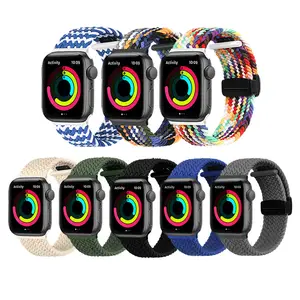

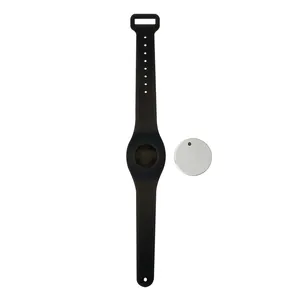

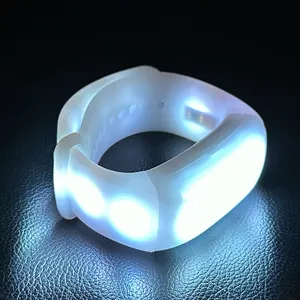

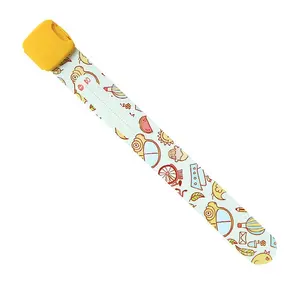

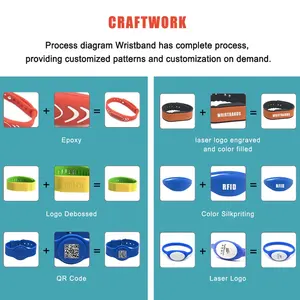

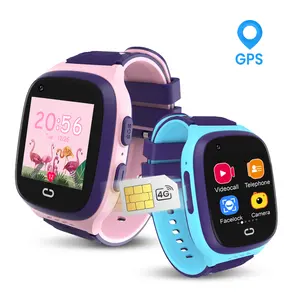
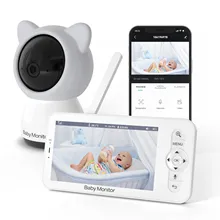

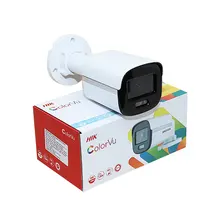




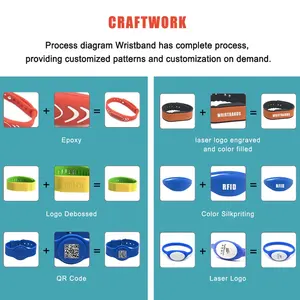


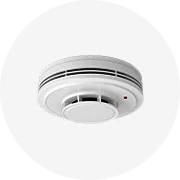
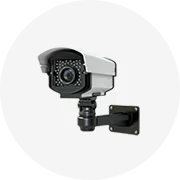
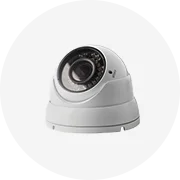

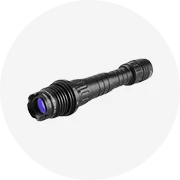
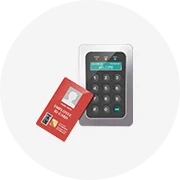
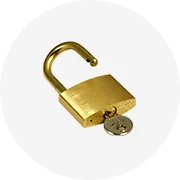








 浙公网安备 33010002000092号
浙公网安备 33010002000092号 浙B2-20120091-4
浙B2-20120091-4